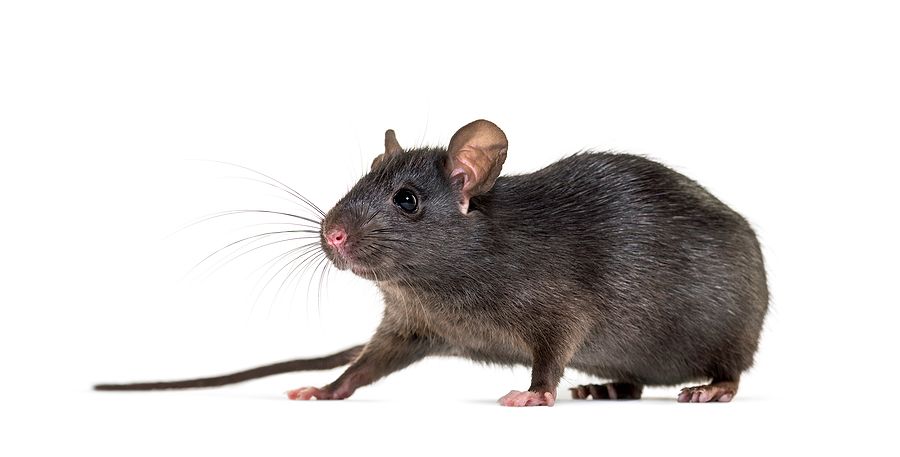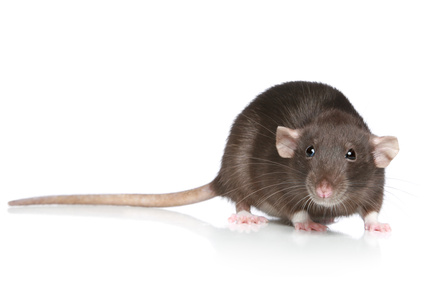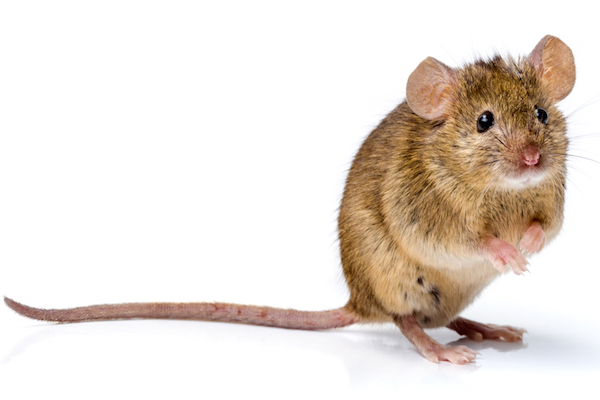


SAME DAY MELBOURNE PEST RODENT CONTROL
- PROMPT
- AFFORDABLE
- DEPENDABLE
- Licensed & Insured
- Risk Free Guarantee
- $0 Call Out Fee
- Professional Pest Control Solutions
- 24/7 Priority Melbourne Service
- Friendly & Approachable Experts
- Family owned
- Quality service
BEST RODENT CONTROL PRICE GUARANTEE*
OR WE'LL BEAT IT! CALL NOW. *T&CS APPLY
OR



MONDAY SPECIAL OFFERS FOR MELBOURNE
Save! Save! Save! Check more of our new and exciting deals by visiting our Pest Control services pages. Call us now on 0412 405 489 to save on Pest Control!
*Terms & Conditions Apply: Only redeemable between the standard business hours of 7am-4pm, Monday-Friday. Excludes Emergency work and call out fees. Not valid with any other offers or promotions. Not exchangeable for cash. Limited to one use per job.
Rodent Prevention Tips
- Install door strips on the bottom of exterior doors.
- Seal cracks and holes on the outside of the home, including areas where utilities and pipes enter the home.
- Install screens to vents and chimneys.
- Store food in airtight containers
- Clean up any food and drink spills immediately.
- Pick up pet food at night and don’t feed pets outdoors
- Dispose your waste correctly
- Keep your home dry
- Clean your house regularly
- Use a pest control company with a guarantee
How to Tell If You Have Rodents
Here are some tell-tale signs or key indicators of a rodent infestation:
Droppings
Usually, the first clue of a rodent infestation is their droppings. You may find these anywhere, but most of our clients first find these in the pantry or kitchen cupboards and drawers. Mouse droppings are smooth with pointed ends, and are 3-5 mm long. Rat droppings are shiny black and depending on the species will be from 12mm to 18mm long.
Sounds
While you may not be able to see them, you can probably hear rodents moving throughout your roof void, wall cavities, subfloor areas, or even under the kick panelling of you cupboards. This can also cause some pets to be excited and clawing at a particular area.
Damage food packaging
Rodents will gnaw their way through packaging to get to food products; you may see this in products in your pantry and cupboards.
Odours
You can smell rodent urine or a musty odour in some poorly ventilated areas such as your pantry and cupboards where a rodent infestation is present.
Sighting
You may see mice or rats scurrying along a wall or under some furniture.
Gnawing
Rodents have to gnaw continuously to keep their teeth down and under control. You may see evidence of this on you walls and ceilings but this also occurs in areas you cannot see such as water pipes, ducting for you heater and air-conditioning, and electrical cables and conduits. Every year homes are water damaged and fires are caused by rodent infestations.
Runways and Grease marks
Greasy rub marks are caused by rodents repeatedly rubbing their oily fur along runways e.g. walls or entrance points. Rats are neophobic (scared of new things) so they will follow the same runway throughout their territory.
Tracks
Rodent tracks can be seen in areas where there is a layer of dust, such as under the house, in the roof or inside the home on a dusty surface or under furniture. Often, rodent tails also leave a swing mark.
Burrows
Burrows can be found along walls, or fences, under buildings and deckings, stored items, vegetation, wood piles or concrete slabs.

BLACK RAT (ROOF RAT)
Classification
Species category: Rodent
Scientific Name: Rattus rattus
Family: Muridae
Description
Adults are typically 180-230mm with a longer tail length of 180-240mm. They weigh 120-300g. Droppings are useful for identification; theirs are 12mm long and formed to a point.
Despite its name, the Black Rat is usually black to light brown in colour with a lighter underside.
Black Rats originated from India and Eastern Africa. They were introduced into Europe over 2000 years ago. The black rat can now be found worldwide.
They are often found outdoors. They will also climb into buildings and structures when food sources are no longer readily available.
Behaviour
Black Rats have incisors that grow at a rate of 4 inches per year. Rats control their incisor teeth by continuously chewing, which can result in extensive damage. They will chew on anything that comes in their path causing considerable destruction.
They also urinate and produce droppings frequently; contaminating everything they come into contact with. Black rats live longer than the Norway rat.
Risks
Carriers of over 45 types of diseases, Black Rats contaminate water, food and the environment. Rats cause direct food losses to field crops and stored food and food production chains, as well as indirect food losses, such as packaging destruction and contamination with faeces.
Control
Roof rats nest outside in trees, woodpiles and debris, and in dense vegetation. Inside, roof rats prefer to nest in the upper levels of a building in the roof space and ceiling.
The most extensive damage occurs when roof rats enter the home, so the first goal is to keep them out! Patch all holes, cracks, crevasses, or gaps (any opening larger than a 10 cent piece) on the exterior walls and underneath the eaves of homes and sheds, etc. Look for holes in exterior walls and near hot water heaters, washers, dryers, dishwashers, and under sinks. Roof vents should be checked and screened if necessary. Fireplaces need to be protected with the proper screening of a chimney cap. Store food in sealed rat-proof containers. (Rats can eat through plastic bins.) All water sources are a welcomed invitation to a roof rat. This can include bird-baths, dog/cat water bowls, fountains, water features, and pools. Drain or empty all standing water sources except pools and spas. (Draining standing water also helps prevent mosquitos.)
Contact our pest control team and get rid of rats today!
BROWN RAT (NORWAY RAT)
Classification
Species category: Rodent
Scientific name: Rattus norvegicus
Family: Muridae
Description
Adults are typically 180-250mm long. They have a tail-length of 160-210mm, slightly shorter than their bodies. Droppings can be useful for identification purposes; theirs are formed like an olive pit, ending in a point and are approximately 20mm long. The upper body is brown with a white, yellowish underside.
Originating from Central to East Asia, they arrived in Europe in the 16th-17th century and are widespread in Australia.
They are often found outdoors and tend to live in fields and farmlands. They will also climb into buildings and structures when food sources are no longer readily available.
Behaviour
Norway rats can breed throughout the year if conditions are suitable.
Risks
Carriers of over 45 types of diseases, they can contaminate water, food and the environment. Rats can cause direct food losses to field crops and stored food and food production chains.
The Brown Rat has a constant need to gnaw on tough inedible materials. This helps to control their rapidly growing incisor teeth. They will chew on anything that comes in their path causing considerable destruction. They also urinate and produce droppings frequently; contaminating everything they come into contact with.
Control
Norway rats are large rodents, with rare exceptions, the Norway rat lives wherever humans live, particularly in urban areas. These commensal rodents are nocturnal and tend to move indoors to warmer areas during late autumn or early winter and return to the outdoors in late spring or early summer, or remain indoors if food and suitable harbourage are available. They have poor eyesight, relying more on their hearing and their excellent senses of smell, taste, and touch. They tend to gnaw through any material that is softer than their enamel, and they are generally good climbers, jumpers, swimmers and burrowers. Norway rats will eat nearly any type of food. Food items in household garbage offer a fairly balanced diet and also satisfy their moisture needs.
Close all openings larger than ¼ inch to exclude Norway Rats. Repair or replace damaged vent screens. Trim trees, bushes and vines at least 4 feet away from the roof. Remove all potential sources of food from the premises, such as bird seed left out for birds. Routinely harvest ripe fruit and pick up all fruit that has fallen to the ground. Store pet food in metal containers with tight sealing lids and do not leave uneaten pet food outdoors. Keep trash cans closed at all times with tightly fitted lids. Contact our pest control team and get rid of rats today!
If you have a swimming pool keep pool water level at least 6 inches below the decking surface. If a rat falls in while getting a drink, it won’t be able to get out of the pool and can drown. It can be fished from the pool with a long-handled net. Contact our pest control team and get rid of rats today!


HOUSE MOUSE
Classification
Species category: Rodent
Scientific name: Mus musculus
Family: Muridae
Description
Adults are typically 60-90mm. They have a tail-length of 80-100mm long and weigh 15g-33g maximum. Droppings can be useful for identification purposes; theirs are formed like grains of rice and are approx. 3-6mm long.
The House mouse originated from East-Asia and has spread throughout the world in distributed grain and food.
Mice tend to live in grassy or bushy areas, making their nests in shallow burrows but can also be found above ground nesting in densely vegetated spaces. Outdoors they can be found in leaf piles or wood piles, even a stack of bricks can provide the right shelter.
When the weather turns colder they come indoors in search of warmth. They will live close to a source of food and destroy materials in the vicinity to build a nest.
Behaviour
Outdoors they will breed throughout the summer only and indoors they will breed continuously. Mice never move too far from their nest, and always use the same route when travelling to and from it, preferring to navigate around the edge of a room. Grease build-up in their fur, from urine and dust, creates smear marks which can be evident.
Risks
Mice are practically incontinent and urinate frequently. As a result, a mice infestation is normally recognisable from the distinct musty smell of their urine. They contaminate all surfaces that they scurry across with urine and faeces. They can produce up to 80 droppings a day.
Commercially, they cause direct food losses to field crops and stored food and food production chains, as well as indirect food losses, such as packaging destruction.
Control
The house mouse is considered one of the most troublesome and economically impactful pests in Australia. A very adaptable animal, the house mouse often lives in close association with humans, along with Norway rats and roof rats; however, mice are more common and more difficult to control than rats.
House mice live and thrive under a variety of conditions in and around homes. They consume food meant for humans or pets. They contaminate food-preparation surfaces with their faeces, which can contain the bacterium that causes food poisoning (salmonellosis). Their constant gnawing causes damage to structures and property. They need very little water to survive.
What is the best bait for mouse traps?
For as long as there have been mouse traps people have used cheese for the main attractant, peanut butter and Nutella are popular choices as well. There is an issue of peanut allergies that can be very serious so this is becoming less and less used. Place all of your traps against walls, objects or in known runways and never in the middle of the floor or out in the open.
Seal cracks and openings in building foundations and openings for water pipes, vents and utilities with metal or concrete. Steel wool mixed with caulking compound makes a good plug. Patching material needs to be smooth on the surface to prevent mice from pulling out or chewing through the patching compound. Contact our pest control team today!
SATISFACTION GUARANTEED
Don’t pay extra for another appointment if your problem isn’t fixed properly the first time.
Melbourne Pest Solutions offers a risk-free solution that comes with a guarantee on workmanship for all services. If you’re not completely satisfied with your pest control service, one of our friendly technicians will come back to resolve the issue at no extra cost to you.


